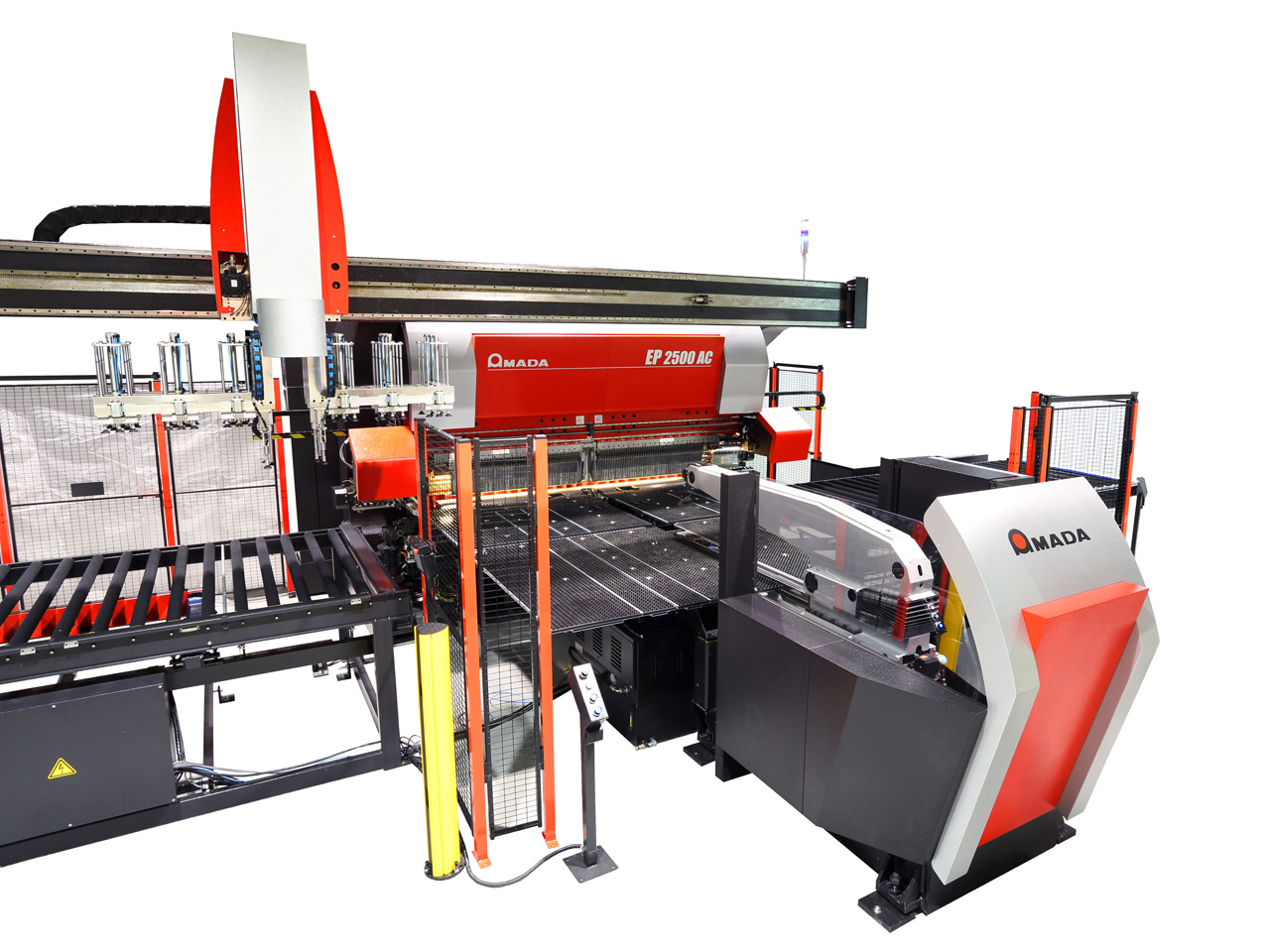
Image Source: Google
Panel benders are versatile machines that play a crucial role in the manufacturing industry, especially in the design and production of metal panels. These machines are essential for bending metal sheets accurately and efficiently to bring a designer's vision to life. From creating intricate architectural elements to producing functional components for various industries, panel benders have revolutionized the way metal fabrication is carried out.
The Functionality of Panel Benders
Panel benders are equipped with advanced technology and features that make them indispensable in the manufacturing process. Here are some key functionalities of panel benders:
- Accurate Bending: Panel benders use precision tools and software to bend metal sheets with high accuracy, ensuring consistent results.
- Flexibility: These machines can bend a wide range of materials, including aluminum, stainless steel, and copper, allowing for versatile design options.
- Efficiency: Panel benders can quickly bend metal sheets, reducing production time and increasing productivity in the manufacturing process.
- Complex Bends: With advanced programming capabilities, panel benders can create complex bends and shapes that would be challenging to achieve manually.
Benefits of Using Panel Benders in Design and Production
Utilizing panel benders in the design and production process offers numerous benefits for manufacturers and designers alike. Some of the key advantages include:
- Precision: Panel benders ensure precise bending angles and dimensions, resulting in high-quality finished products.
- Cost-Effectiveness: By automating the bending process, panel benders help reduce labor costs and material wastage, making production more cost-effective.
- Customization: Designers can create custom metal panels with unique shapes and designs using panel benders, allowing for creativity and innovation in product development.
- Speed: Panel benders can bend metal sheets quickly, enabling manufacturers to meet tight production deadlines and deliver products to market faster.
Applications of Panel Benders
Panel benders find applications in a wide range of industries due to their versatility and efficiency in metal fabrication. Some common applications of panel benders include:
- Architectural Design: Panel benders are used to create architectural elements such as cladding, facades, and decorative panels for buildings and structures.
- Automotive Industry: Panel benders are employed in the production of automotive components such as body panels, chassis parts, and interior trim pieces.
- Furniture Manufacturing: Panel benders help in producing metal components for furniture, including table legs, frames, and decorative elements.
- Electronics: Panel benders are used to manufacture metal enclosures and casings for electronic devices and equipment.
Future Trends in Panel Bending Technology
As technology advances, panel bending machines continue to evolve with new features and capabilities. Some future trends in panel bending technology include:
- Integration of AI: AI-powered software can enhance the efficiency and accuracy of panel benders by optimizing bending processes based on real-time data.
- IoT Connectivity: Internet of Things (IoT) integration allows for remote monitoring and control of panel benders, enabling predictive maintenance and performance optimization.
- 3D Bending: Advancements in 3D bending technology will enable panel benders to create more complex and intricate shapes in three dimensions.
- Environmentally-Friendly Solutions: Manufacturers are developing sustainable panel bending processes that minimize energy consumption and reduce waste in production.
Panel benders have become indispensable tools in the design and production of metal panels, offering precision, efficiency, and versatility for manufacturers and designers alike. As technology continues to advance, panel bending machines will play a crucial role in shaping the future of metal fabrication.
